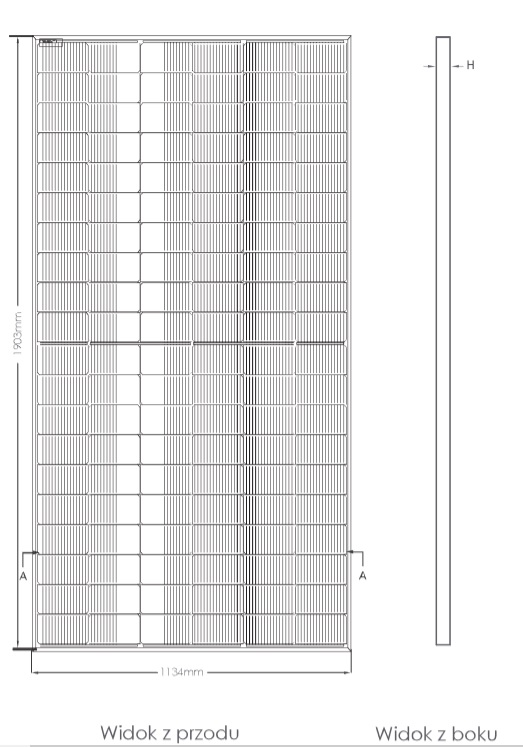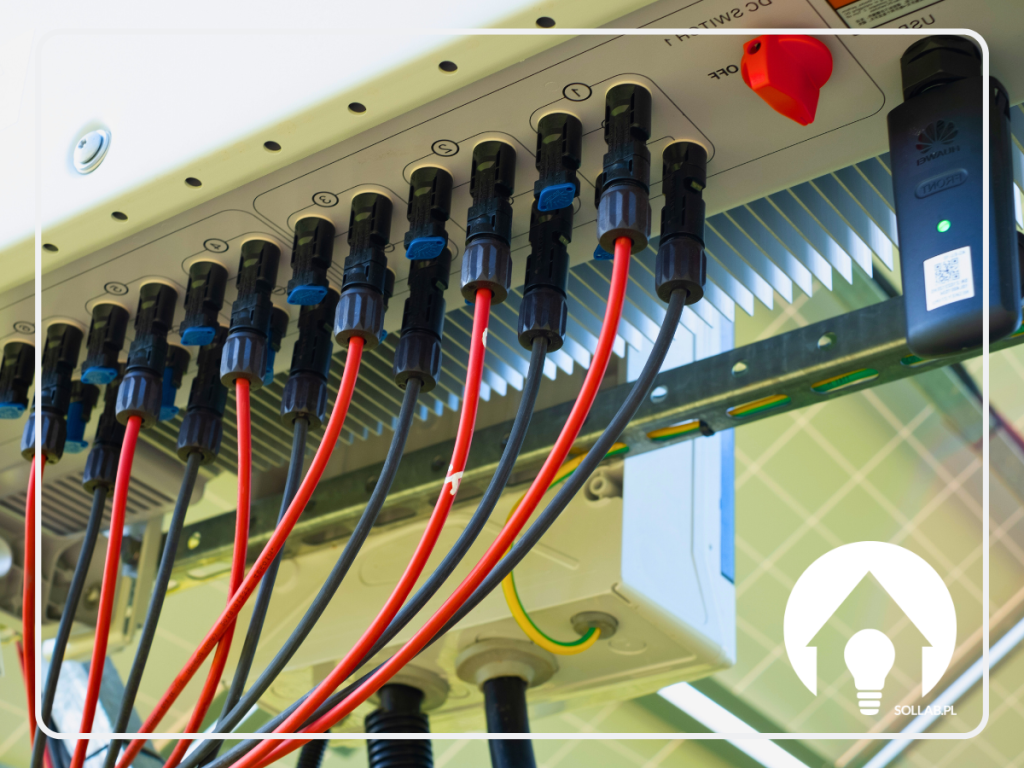Size of photovoltaic panels - what does it depend on?
When deciding on the installation of a photovoltaic system, in addition to the power, the size and weight of the photovoltaic panels must also be taken into account. In doing so, it must be borne in mind that roof constructions vary, which affects the applicability of specific mounting solutions. What do the dimensions of photovoltaic panels depend on and what are they? What is the weight of photovoltaic panels? How much space does a photovoltaic installation take up? You can find out all this in the article below.
Photovoltaic panels consist of individual cells combined into a single module. The most common panels usually comprise 60 photovoltaic cells. However, you will also find models on the market today that contain fewer or more, up to 72 photovoltaic cells. The size of a single cell is approximately 15 by 15 cm. The more cells, the more extensive the installation and thus the greater the weight of the entire structure. Much depends on how much power we expect from our solar power plant.

– power: as the power of the modules increases, their dimensions and weight increase
– efficiency: as the efficiency of the modules increases, their size and weight decrease
– design - Modules can be bifacial (two layers of glass - both on the front and back of the module) or traditional - they have glass on the front and a backsheet film on the back of the module. Because glass is heavier than foil, bifacial modules are heavier.
– technology used - the type of cells used in the module influences the width and length of the module
If someone wants the smallest possible dimensions or the lowest possible installation weight, they should pay particular attention to the efficiency of the module. Currently, modules have an efficiency in the range 20-22.5%. The higher the module efficiency, the smaller the surface area required to achieve the same module output and, consequently, installation output. Why might this be important? Firstly, when the roof on which the installation is to be placed is small. Secondly, the use of larger modules can lead to savings on other materials such as construction, the number of optimisers or connectors and thus the installation can be cheaper. On the other hand, special attention should be paid to the weight of the modules in the case of old roofs, where their load-bearing capacity may be limited.
Currently, the standard modules used in installations up to 50kWp are around 425-500Wp. Their dimensions are within the following ranges: module length 170-225cm, module width 105-115cm, module height 3-3.5cm. Thanks to the variety of dimensions, it is possible to optimally adapt the modules to the shape and dimensions of roofs, especially when module space is scarce. The weight of modules currently used in microinstallations is around 20-27kg.
















